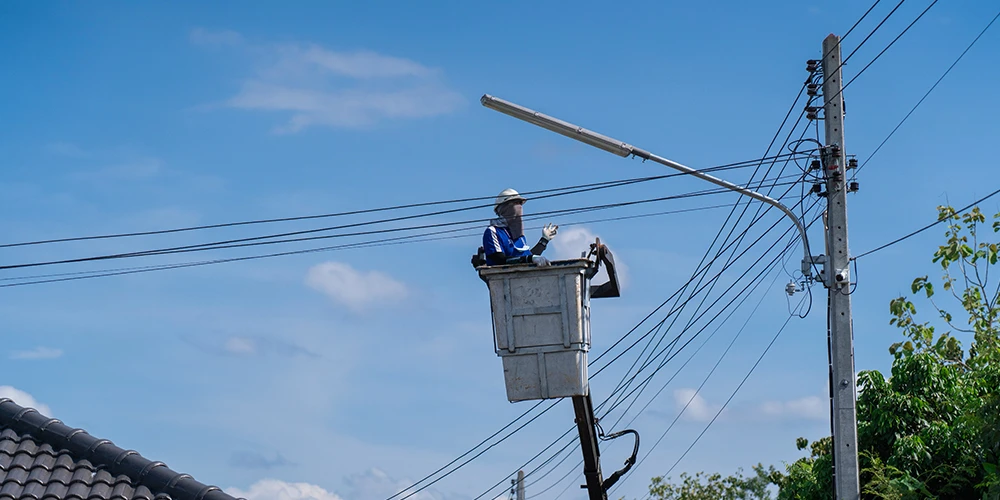Streetlights are an essential part of modern infrastructure, illuminating our streets and communities, enhancing safety, and promoting economic activity. However, beyond their primary function of providing light, streetlights also play a critical role in ensuring public safety through proper grounding. Grounding is the process of connecting electrical equipment to the earth, providing a safe pathway for electrical current to dissipate in case of a fault or surge.
Safety: Protecting People from Electrical Hazards
Proper grounding of streetlights is paramount for preventing electrical shock hazards. Streetlights, with their tall metallic poles and exposed electrical components, are susceptible to faults and lightning strikes that can energize the metal housing. Without grounding, a person touching the light pole or its surrounding structure could become part of the electrical circuit, potentially leading to severe injury or even death.
Grounding provides a low-resistance path for the fault current to flow into the earth, diverting it away from the light pole and preventing it from posing a danger to individuals. This protective measure is particularly crucial in areas with high rainfall or moisture content in the soil, which can enhance electrical conductivity and increase the risk of electrocution.
Equipment Protection: Safeguarding Infrastructure from Damage
Grounding not only safeguards people from electrical hazards but also protects the streetlight infrastructure itself. Faults and lightning strikes can generate immense electrical surges that can damage electrical components, disrupt lighting operations, and even lead to costly repairs and replacements.
Grounding acts as a surge protector, channeling the excess electrical energy into the earth, preventing it from overwhelming the delicate circuitry within the streetlights. This not only extends the lifespan of the lighting equipment but also minimizes downtime and maintenance costs, ensuring the continued reliability and efficiency of the streetlight system.
Regulatory Compliance and Industry Standards
The importance of grounding streetlights is recognized by various regulatory bodies and industry standards. Electrical codes and safety regulations mandate proper grounding for all electrical installations, including streetlights. These regulations aim to ensure the safety of both individuals and the electrical infrastructure itself.
Adherence to these standards is not merely a legal obligation but also a reflection of responsible engineering practices. By grounding streetlights, municipalities, and electrical contractors demonstrate their commitment to public safety and the integrity of their electrical systems.
Grounding streetlights is an essential safety measure that protects both people and infrastructure from electrical hazards. It serves as a critical safeguard against electrocution, prevents damage to electrical components, and ensures the continued reliability and efficiency of streetlight systems. Grounding is not just an afterthought; it is a fundamental principle of electrical safety that should be prioritized in the design, installation, and maintenance of streetlights.













